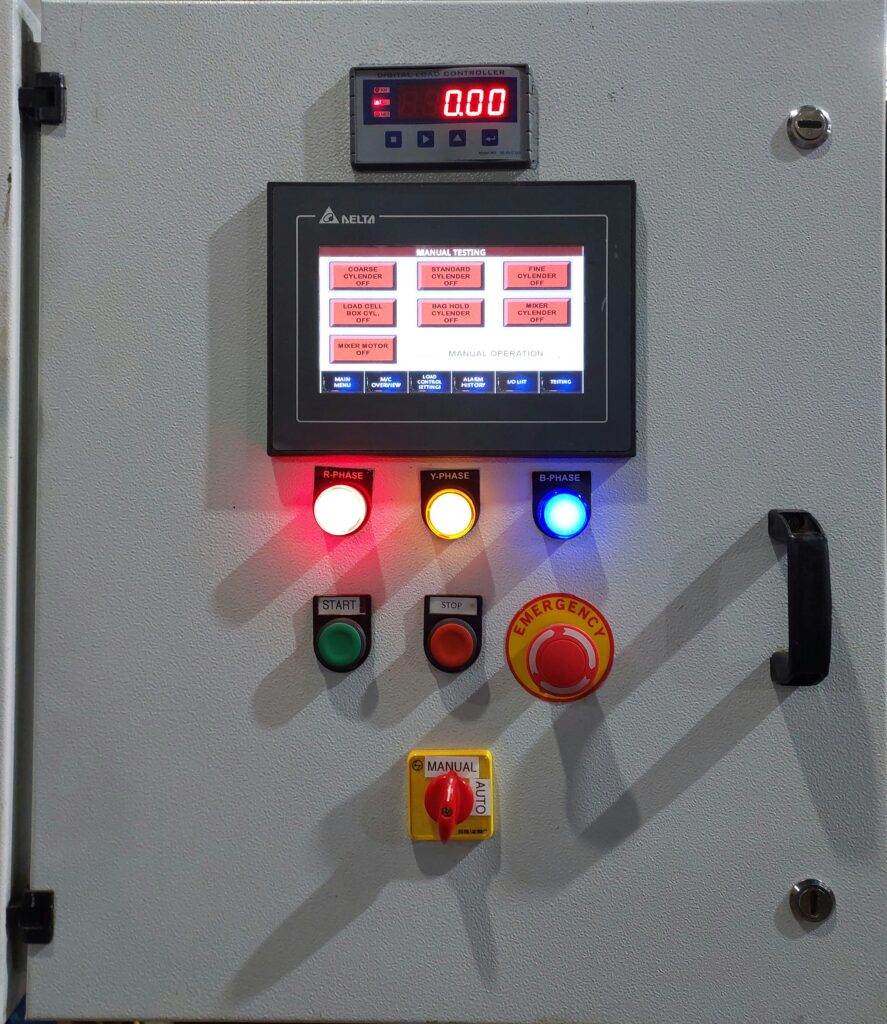Services
Tapping Intelligence Through Talent.


SVAYANTRAM
What we Offer
We are intelligence in action.
Automotive and Subcontractors
"Subcontractors in automation play a crucial role in the automotive industry's manufacturing processes."
Education and Science
The integration of education and science is essential for advancing automation technology
Electronics and Technology
Electronics and technology are used in automation to design and develop systems that can operate independently or with minimal human intervention.
Food and Beverage
Automated food and beverage systems use technology to streamline processes and increase efficiency in the production, distribution, and consumption of food and drinks.
Medical and Cosmetics
The use of automation technology in medical and cosmetic industries has increased efficiency and precision in various processes, from manufacturing to treatment.
Metal and Machining
"Metal and machining are essential components of automation for the production of precise and reliable mechanical parts."
Why Choose Us
Automation can provide increased efficiency, improved quality, and reduced labor costs, making it a popular choice for industries looking to optimize their processes and stay competitive in the marketplace.

FAQ
Frequently Ask Questions.
The topic of tapping intelligence through talent also emphasizes the importance of upskilling and reskilling workers to adapt to the changing demands of the workforce. As automation continues to advance, workers must acquire new skills and knowledge to remain relevant and competitive in their respective fields.
Automation refers to the use of technology to perform tasks or processes that would otherwise require human intervention. It involves the use of machines, software, and other technologies to complete repetitive or complex tasks with little or no human involvement.
There are many universities that offer degree programs in automation. Some of the most common programs include:
Bachelor of Science in Automation Engineering: This program focuses on the design, development, and implementation of automated systems, including robotics, control systems, and computer-aided manufacturing.
Bachelor of Science in Mechatronics Engineering: This program combines mechanical, electrical, and computer engineering to create systems that integrate automation and control.
Bachelor of Science in Industrial Automation: This program covers the design, development, and implementation of industrial automation systems, including programmable logic controllers (PLCs), human-machine interfaces (HMIs), and supervisory control and data acquisition (SCADA) systems.
Automation architecture refers to the overall design and structure of an automated system. It includes the hardware, software, and communication components that work together to automate processes and tasks.
The architecture of an automation system typically consists of several layers, each with its own set of functions and responsibilities. These layers may include:
Sensors and Actuators: These are the physical devices that detect changes in the environment and take actions based on the information received.
Control Layer: This layer consists of programmable logic controllers (PLCs), distributed control systems (DCS), or other devices that monitor and control the operation of the automated system.
Supervisory Layer: This layer provides a higher level of control over the automation system and typically includes human-machine interfaces (HMIs) and supervisory control and data acquisition (SCADA) systems.
Enterprise Layer: This layer connects the automation system to the broader enterprise network and may include enterprise resource planning (ERP) systems, manufacturing execution systems (MES), and other software applications.
Communication Layer: This layer provides the network infrastructure and protocols necessary to facilitate communication between the different layers of the automation system.
The specific architecture of an automation system will depend on the application and requirements of the system. A well-designed automation architecture can provide many benefits, including increased efficiency, reduced downtime, and improved safety and reliabilit
There are many different types of automation-related products, including hardware, software, and services. Here are a few examples:
Programmable Logic Controllers (PLCs): PLCs are specialized computers that are used to automate industrial processes. They can monitor inputs from sensors, control outputs to actuators, and execute logic to make decisions based on the input data.
Human-Machine Interfaces (HMIs): HMIs provide a graphical user interface for operators to interact with the automation system. They can display real-time data, allow operators to make changes to the system, and provide alarms and notifications when problems occur.
Robots: Robots are automated machines that can perform a wide range of tasks, including manufacturing, assembly, and packaging. They can be programmed to perform repetitive or dangerous tasks, and can work faster and more consistently than human workers.
Industrial Internet of Things (IIoT) Devices: IIoT devices are sensors and other hardware that are used to monitor industrial processes and collect data. This data can be used to optimize processes, detect problems early, and improve efficiency.
Automation Software: Automation software can be used to design, develop, and manage automation systems. Examples include computer-aided design (CAD) software, simulation software, and control software.
Automation Services: Automation services are offered by companies that specialize in automation. These services can include system integration, installation, maintenance, and support.
These are just a few examples of the many automation-related products that are available. The specific products that are used will depend on the application and requirements of the automation system

